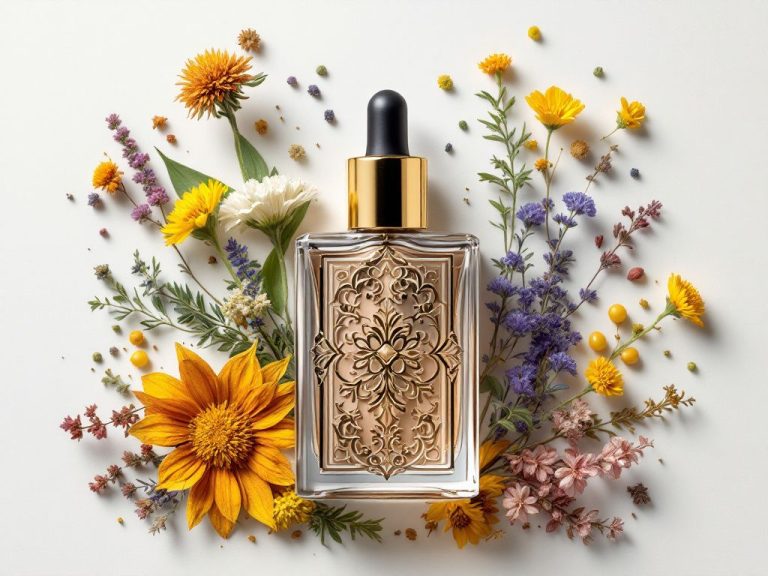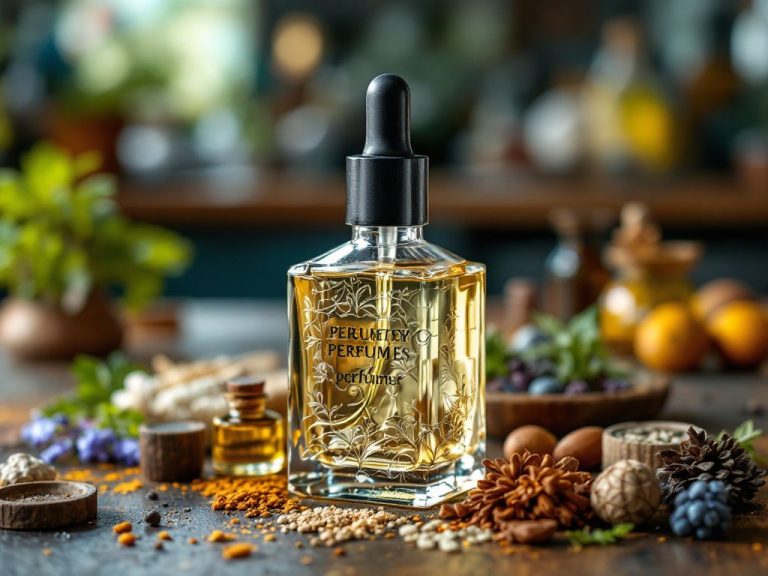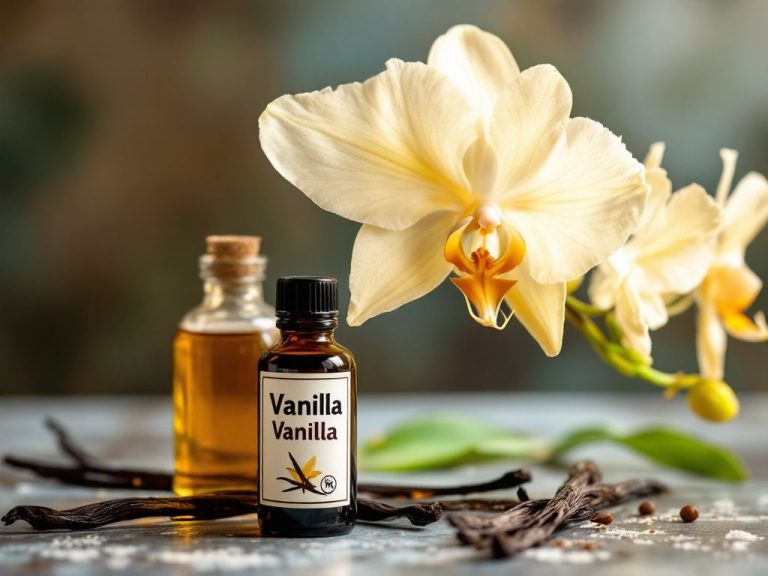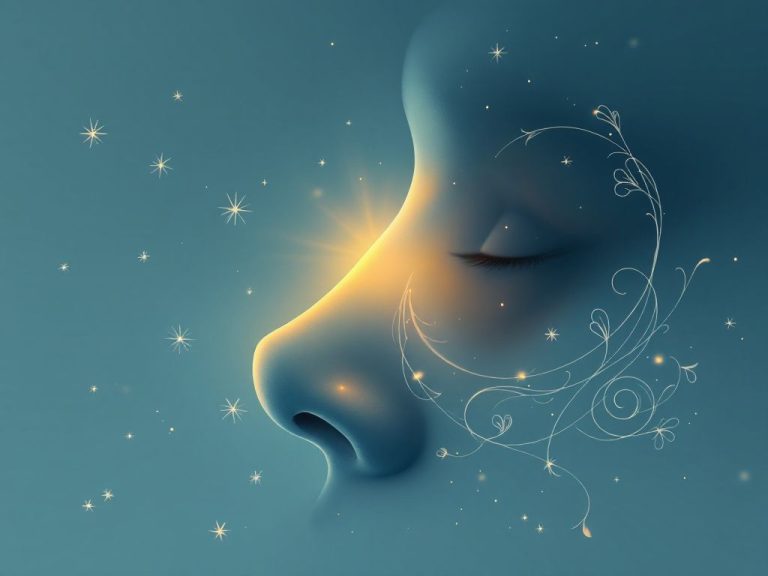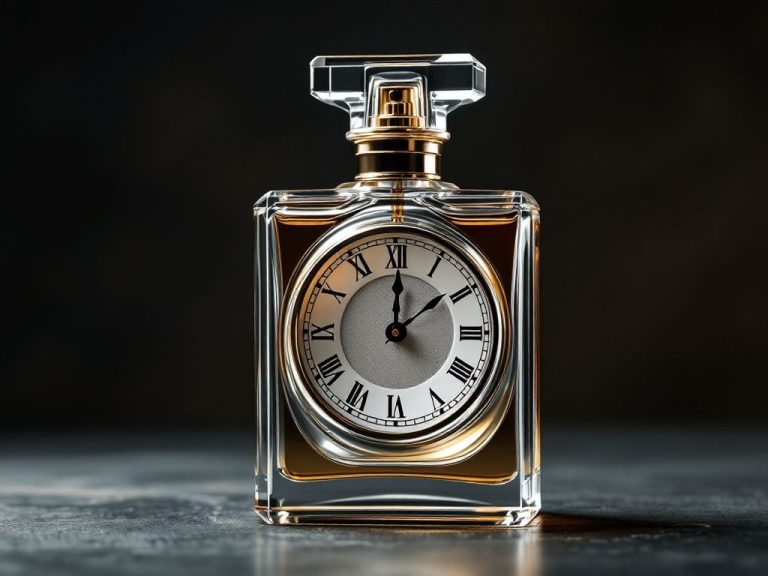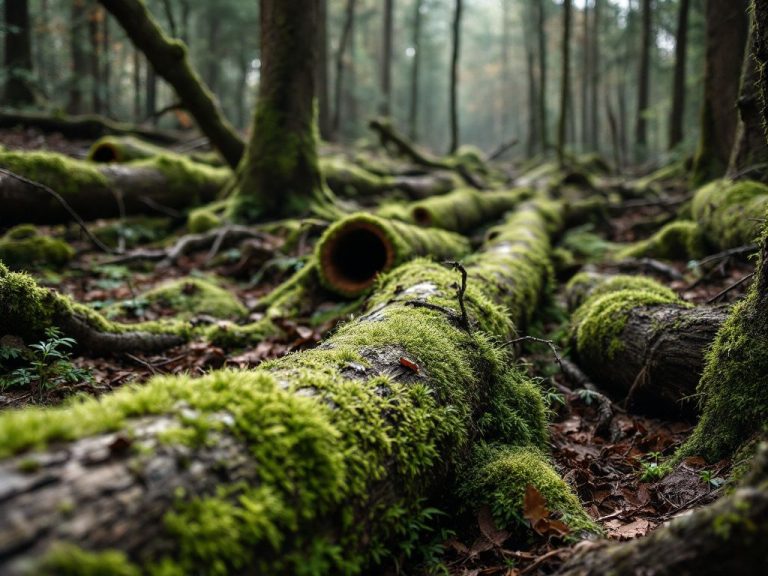
The Chemistry Behind Wood Fragrances: Unlocking Nature’s Aromatic Secrets
The chemistry behind wood fragrances is a complex process that involves understanding the volatile organic compounds (VOCs) responsible for these scents. Chemists wield these compounds to bottle the essence of a forest, creating unique and captivating wood fragrances. Wood fragrances, such as sandalwood, cedarwood, and pine, evoke memories and nostalgia, and their emotional language is rooted in the brain’s olfactory bulb and limbic system.



